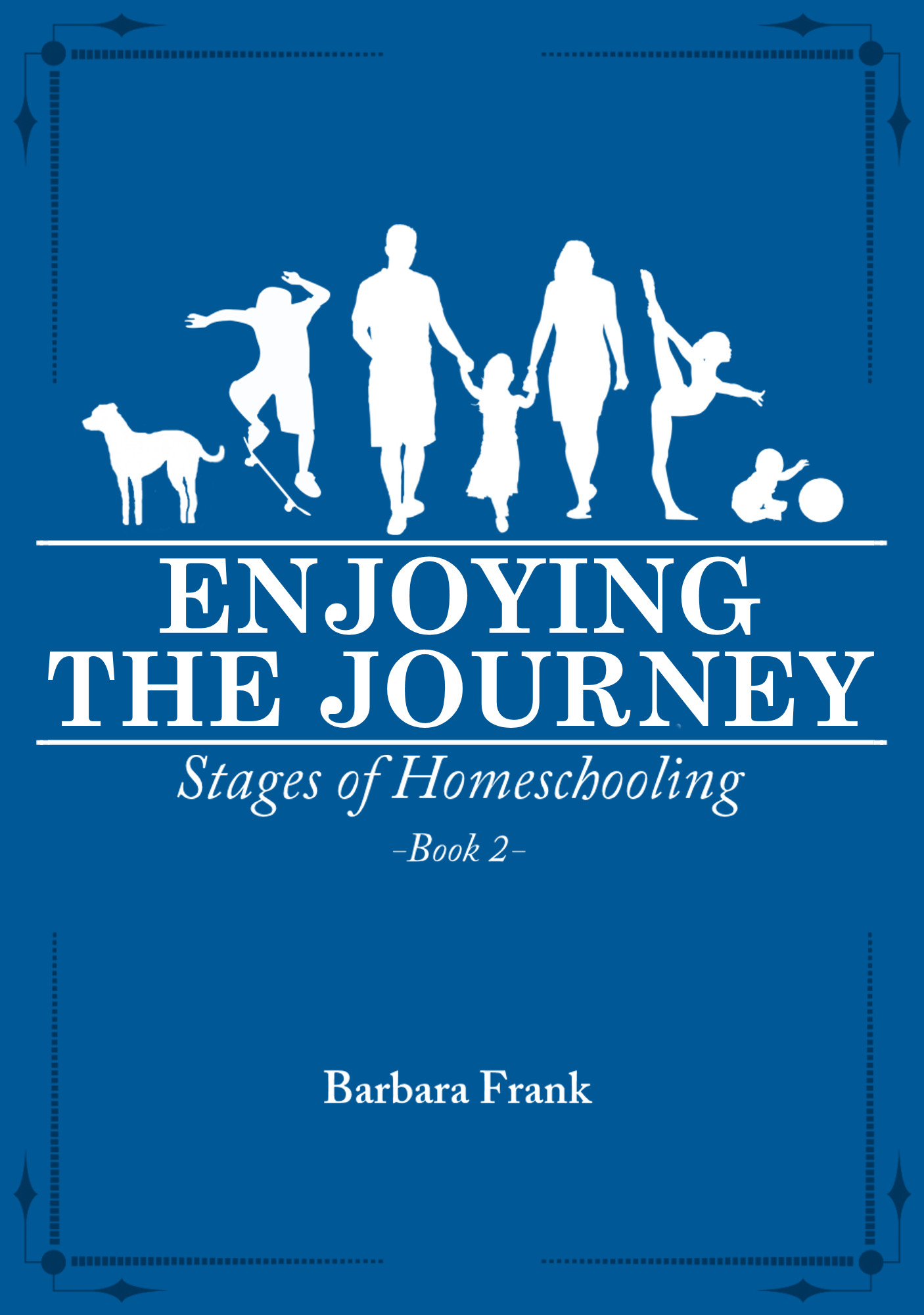
In her book The Prosperous Heart, Julia Cameron shares the story of Richard, an independent graphic designer who blamed his uneven income for causing him to have too much credit card debt. However, an assessment of his situation revealed that the bulk of his debt was due to his daily habit of eating dinner in restaurants:
“I couldn’t believe it was so simple,” he said. “If I ate out only twice a week, I could be out of credit card debt in a year. What I needed were groceries. The price of a salmon fillet at the supermarket was a third of what I had been paying in a restaurant.”
It’s easy for us to react to Richard’s epiphany with “Well, duh!” But the fact is that there’s an entire generation of young people raised on fast food and restaurant meals that don’t have a clue when it comes to preparing food for themselves.
This wouldn’t be such a problem if our economy was booming, and if earning an income high enough to support daily restaurant meals was easy. But the combination of inflation, shrinking incomes and high unemployment has made times difficult for Americans of all ages and especially young people, many of whom give into the ever-present drumbeat of “College! College!” and graduate with considerable student loan debt, along with a college degree that’s not always the golden ticket to jobs it was advertised to be.
When we fail to equip our young people to live self-sufficiently, we handicap them in the best of times, much less the worst. Right now in Greece, highly educated young people are leaving large cities because they can’t find work; instead, they’re trying to eke out an agricultural living in the country on land their grandparents abandoned years ago. Their desperation comes out of necessity, but at least they’re trying. Surely the task is easier for those who were taught to garden and cook.
We could learn from that example and teach our children such survival skills, but U.S. children continue to be fed a diet of useless social experiments masquerading as curriculum. The closest they get to cucumbers is being taught to put condoms on them in Sex Ed. Seems like teaching them to make a fresh cucumber, tomato and onion salad would be a little more appropriate given our dicey economic future.
However, homeschooled children have the opportunity to be taught how to cook and garden by their parents as part of their daily education. These learning activities already occur naturally in the lives of many homeschooled children, and provide them with enough knowledge and experience that they emerge as young adults who can take care of themselves in hard times as well as good times. A bonus is the closeness that develops between parent and child. The lost art of preparing meals together is what once kept families close, and homeschooling families can easily prove it still works.
As for gardening, even modern children (once pulled away from their phones and iPods) enjoy the sight of the seeds they planted later popping up from the soil and quickly morphing into green plants. Once they taste their first fresh tomatoes and green beans, they’re usually hooked on gardening. For many of them, gardening will become a lifelong pleasure as well as a survival skill.
When I homeschooled my children, I could see that including cooking and gardening in our homeschool was fun and educational for them. It was well worth the effort. Remember, the time you spend teaching your children to garden and cook now will eventually result in that many fewer young people trying to feed themselves armed only with maxed-out credit cards later on.



